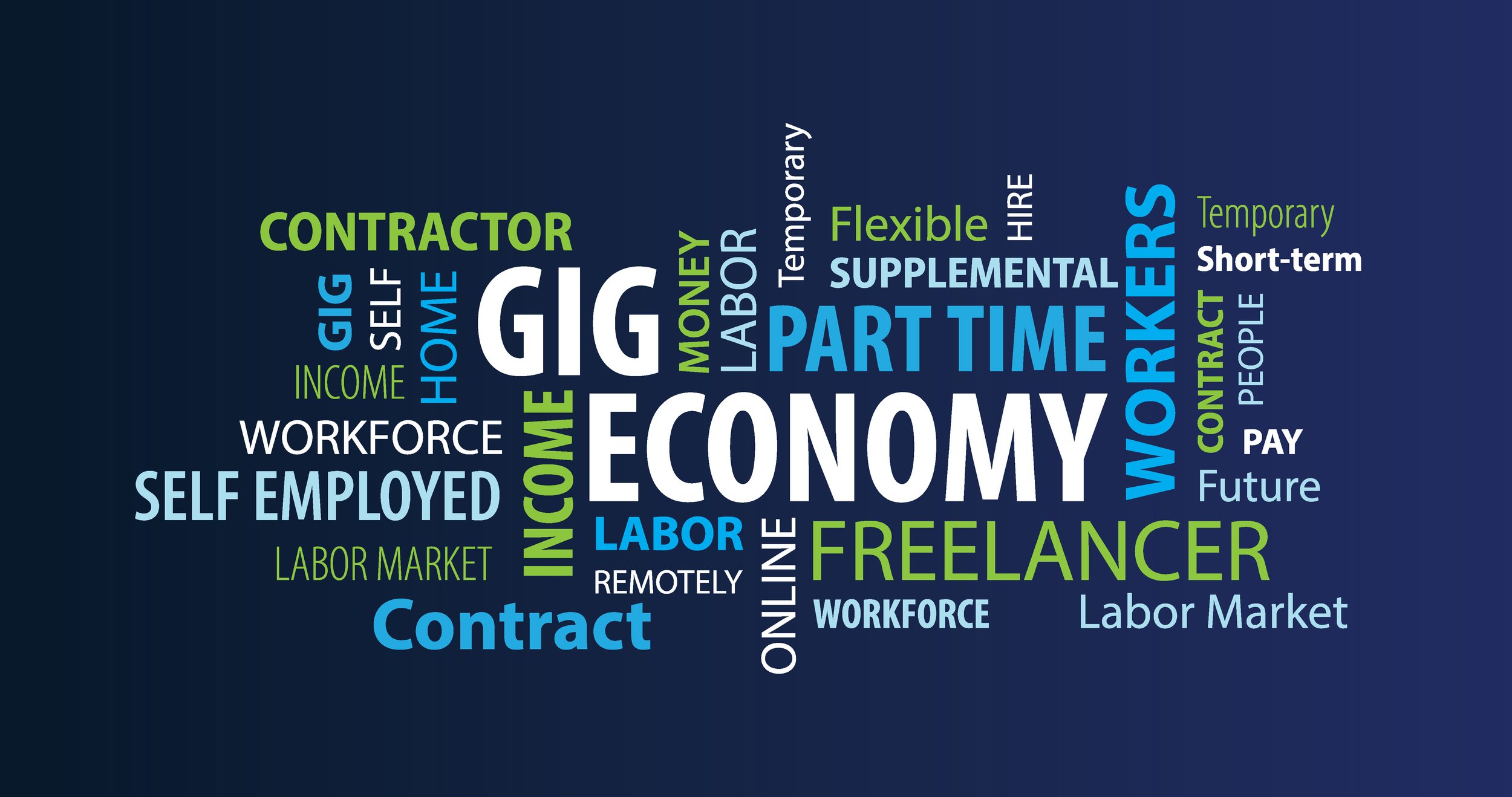The U.S. workforce continues to evolve and innovate as the pace of change never flows. In 2024, there are five key industries expected to lead the way in terms of growth, jobs and overall success. Read on to discover what they are and how they are projected to get ahead.
Tech: Not surprisingly, the technology sector leads the way when it comes to innovations and advancements. In 2024, expect to see more AI, more data analytics, more virtual reality and more, more, more when it comes to the latest and greatest in tech.
E-commerce: Along the same lines, the online world of shopping continues to proliferate. As digital transactions become even easier to make, more consumers will turn their purchasing power online.
Health care: The world of health care—and again, technology—is benefiting from revolutions in telemedicine and personalized medicine, wearable devices and a need for care across the globe. This sector, too, will flourish in 2024.
Renewable energy: Solar and wind energy are now commonplace and support greener, more environmental practices that help individuals, businesses and communities meet their sustainability goals.
Biotech: Back to technology, again! Biotechnology combines innovations in tech with scientific advances, which can support every other industry. From new research to genetic engineering to pharmaceuticals, biotech is definitely an industry to watch.
These five industries will spark growth, jobs and headlines in the year to come—keep an eye on technology, e-commerce, health care, renewable energy and biotech for many exciting developments.












